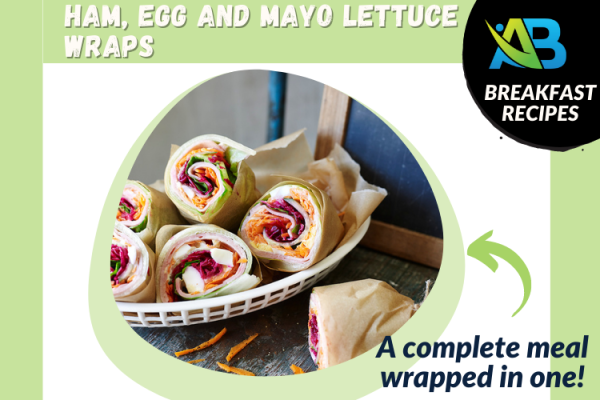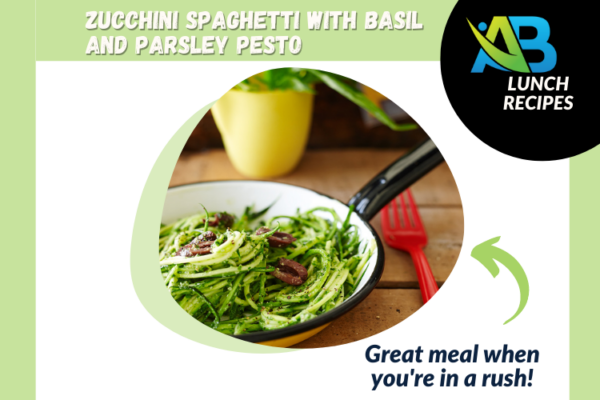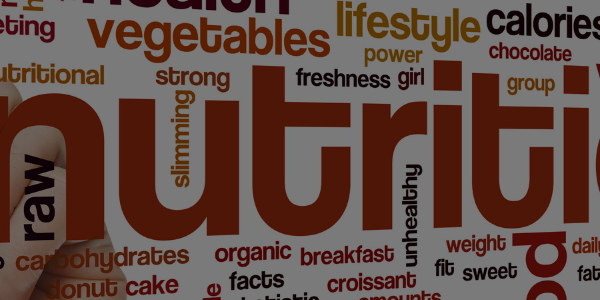Carbohydrates get a bad wrap and there is a lot of debate around whether we should or shouldn’t include them in our meals, especially when it comes to weight loss.
Believe it or not, I consume carbs in every meal. Carbs are NOT bad for you. Your body needs carbs for energy – the key is to choose HEALTHIER, slow-burning complex carbs, instead of avoiding them all together.
I am here to tell you to ditch the energy drinks and focus on foods that will give the energy to power through your day and those workout’s! Your body will thank you for it too.
Carbs are one of the three Macronutrients we should include in our diet. The other two are proteins and fats.
I learnt this through a coach and then applied it to my everyday meals. Carbs are broken into 2 categories; 1. Simple Carbs 2. Complex Carbs. I don’t like to call foods ‘good’ or ‘bad’ as they both can be used in different ways.
Complex carbs include fruits, whole grain foods like quinoa, barley, brown rice, and oats. Legumes like lentils, chickpeas, kidney beans, green peas, and split peas and other starchy vegetables like potatoes, sweet potatoes, and corn. These are the SMART Carbs.
Simple Carbs include cakes, crackers, cereals, pasta, bread etc. These carbs are easier for the body to digest and get the muscles faster and they don’t keep you fuller for longer.
Smart carbs are full of “good” glucose and that’s why they take longer to break down in our body and the digestion process is slower, giving you more energy for those intense workouts and to get through the day. Carbs are broken down into glucose, then the glucose is transported into the bloodstream and used by our muscles for energy! They also help the blood sugar to stabilize. Insulin is the main management of our blood glucose. When glucose is released into the blood then the insulin transports it to our muscles and fat cells which again, we use as energy!
Having energy to get through my day is so important to me. I learnt overtime by listening to my body that certain foods had a big impact on whether I got the maximum results I needed from a workout and reaching my goals in weight loss and maintaining my ideal weight
Here are the main Smart carbs I consume; it is a guide, but you can choose from any complex carbohydrates. Here is my list:
1. Sweet potatoes. Fun Fact about Sweet potatoes is that they aren’t in the potato family, it is a vegetable on its own. They are packed with Vitamin A and full of fibre. They are a great source of carbs before or after a workout.
2. Potatoes. What?? The humble potato you say?? Yes, they are great to eat at certain times. I like to include them for my lunch or dinner especially after an intense workout. They are a good source of vitamins B1, B3 and B6 and minerals such as potassium, phosphorus, and magnesium, and contain folate, pantothenic acid and riboflavin.
3. Bananas – My all time favourite but they weren’t for the longest time because I thought they were fattening!! I carry them around with me a lot! I especially like to have them an hour or 30 mins before a workout, usually if I am running around and I need it for my class I booked into at the gym. They are full of potassium and glucose making it the ideal energy boost. Have you ever noticed the Tennis player’s eating bananas during their matches?
4. Pumpkin – Low in calories, high in fibre, vitamin C and Calcium. They help reduce fatigue and you can eat them repeatedly without the guilt.
5. Oats – another one of my favourites. Full of soluble fibre, meaning they are absorbed quickly and give a slow release of glucose. This keeps you fuller for longer and great for breakfast! I often mix in yogurt for a creamer texture.
6. Quinoa – A superfood which is high in fibre and high in protein. Gives you the best of both worlds in one meal. 1 cup is 8g protein and 5g fibre. It is great for breakfast as a porridge, for lunch as a salad or for dinner as an alternative to rice or pasta. Give it a try.
7. Black bean – I add them to all my meals. They are low in calories, High in fibre and high in protein.
Find this article interesting? Read more of our blogs here!








